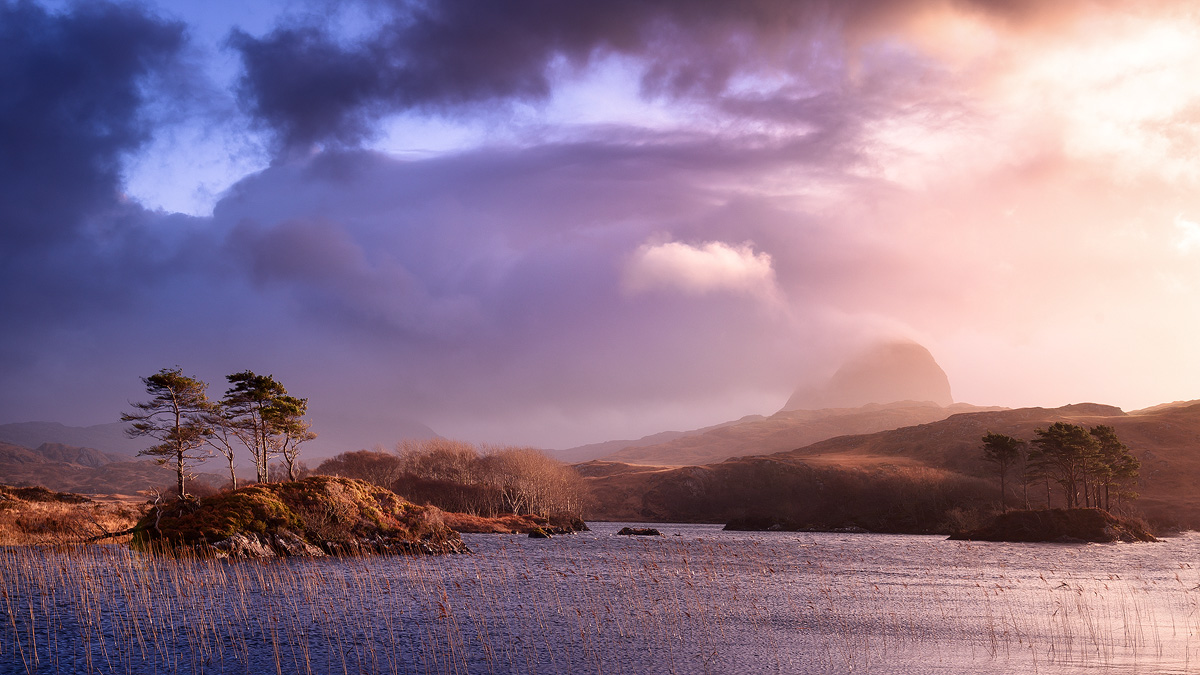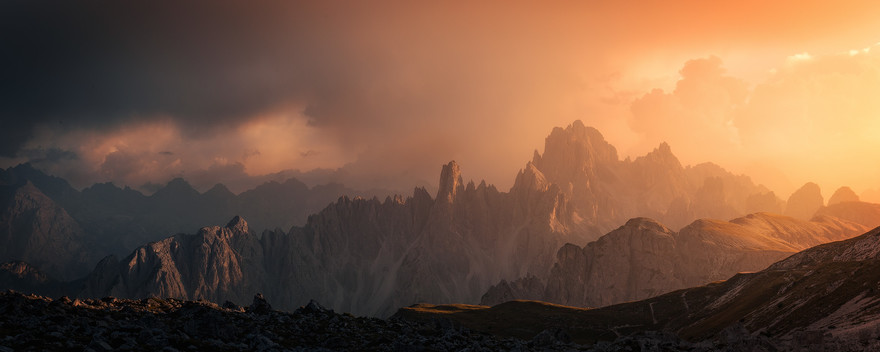Chris Davis is a professional image maker utilising CGI and retouching in the advertising industry for the past 15 years; he came into photography only recently. Since 2012, it has become an almost fulltime pursuit spending many hours out in the field practising his craft. His images have been shortlisted in a few competitions, had a few honorable mentions and made it into a few books: Epson Pano Awards 2018 - Bronze Award, Take-a-View Landscape Photographer of the year 2018 - 2 Commendations & awards book, PX3 Prix De La Photographie Paris 2018 - Silver Award, Outdoor Photographer of the Year 2017 – shortlisted and book, Outdoor Photographer of the Year 2016 – shortlisted and book; International Photographer of the year 2016 - Honourable Mention, Scottish Landscape Photographer of the Year 2017 and many more.
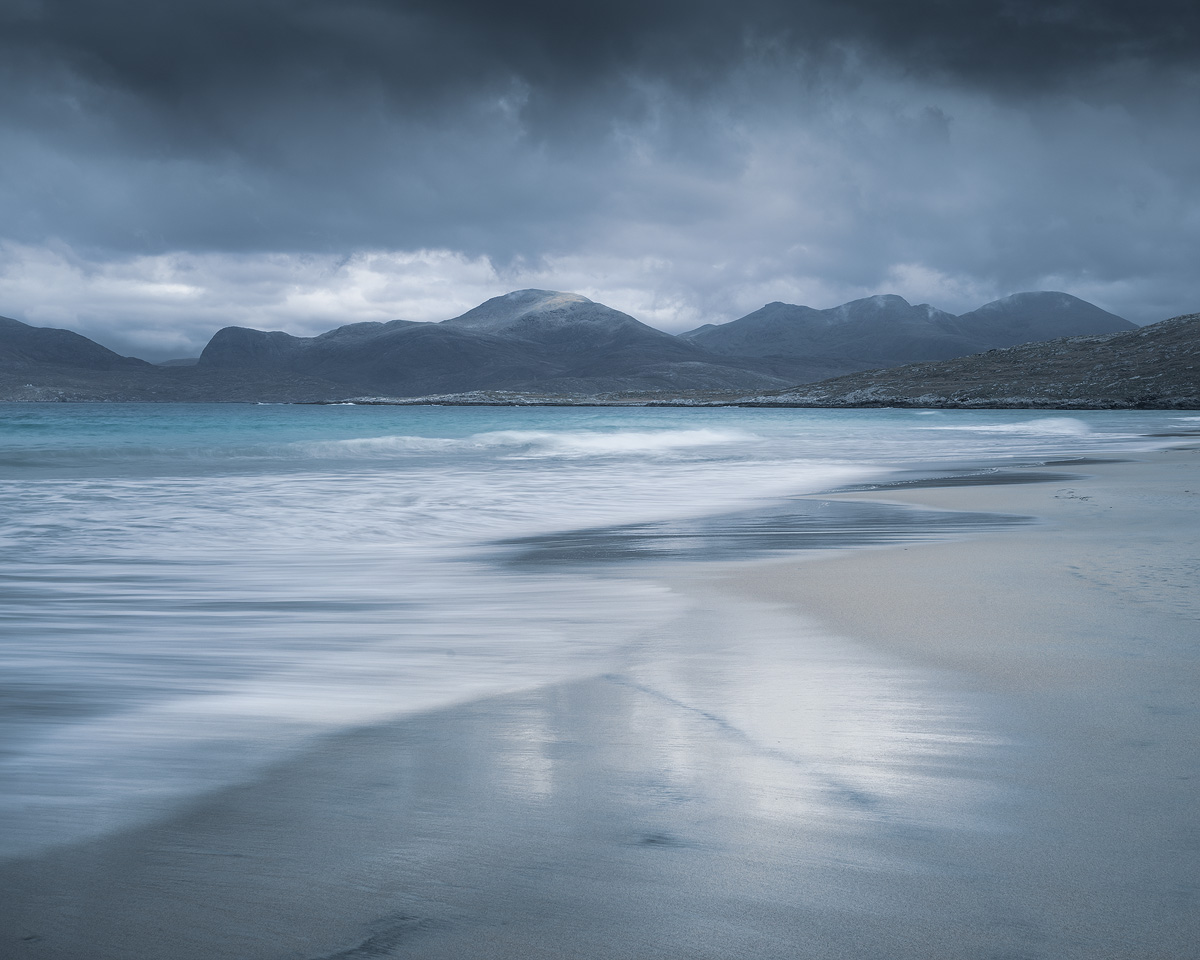
1. What was your path to become a photographer?
It snuck on me a bit, I’d never really had any interest in Photography of any sorts, all my focus was in computer generated imagery (CGI) and post production, it was my job and main hobby , I was hooked. It was when DSLR’s started shooting decent HD video I became interested, even then, it was for their video features not stills photography. The 5Dmk2 was the camera I became aware of because some Directors we knew were shooting high-end commercials on it. In 2009/10 I purchased a canon 550D to start shooting video to use within my CGI & postproduction. Long story short, it never happened and the camera sat in a cupboard until 2012 when we took a family holiday to the USA, it was a bit of a road trip with the main attraction being Yellowstone NP. Before the trip I researched locations and decided to take the camera for holiday family snaps and to try & capture some good shots of the park. It was when I got back and looked at the shots of the landscapes, I had taken I was really underwhelmed. The shots weren’t particularly sharp, well composed or exposed and back then I didn’t even know these terms, I think the saying is “I didn’t know what I didn’t know”, they just looked rubbish and I wanted to know why ! It was then I became hooked on shooting the landscape and learning as much as I could to achieve a high quality Landscape Image and it’s a journey I’ve been on ever since.
2. Do you prefer to photograph close to home or do you find faraway places more inspiring? Are there any special places that inspire you the most to create new work?
I prefer to travel somewhere, I like the Ocean, mountains etc and where I live in Surrey there’s Neither. There is woodland, but that doesn’t really get my creative juices flowing.
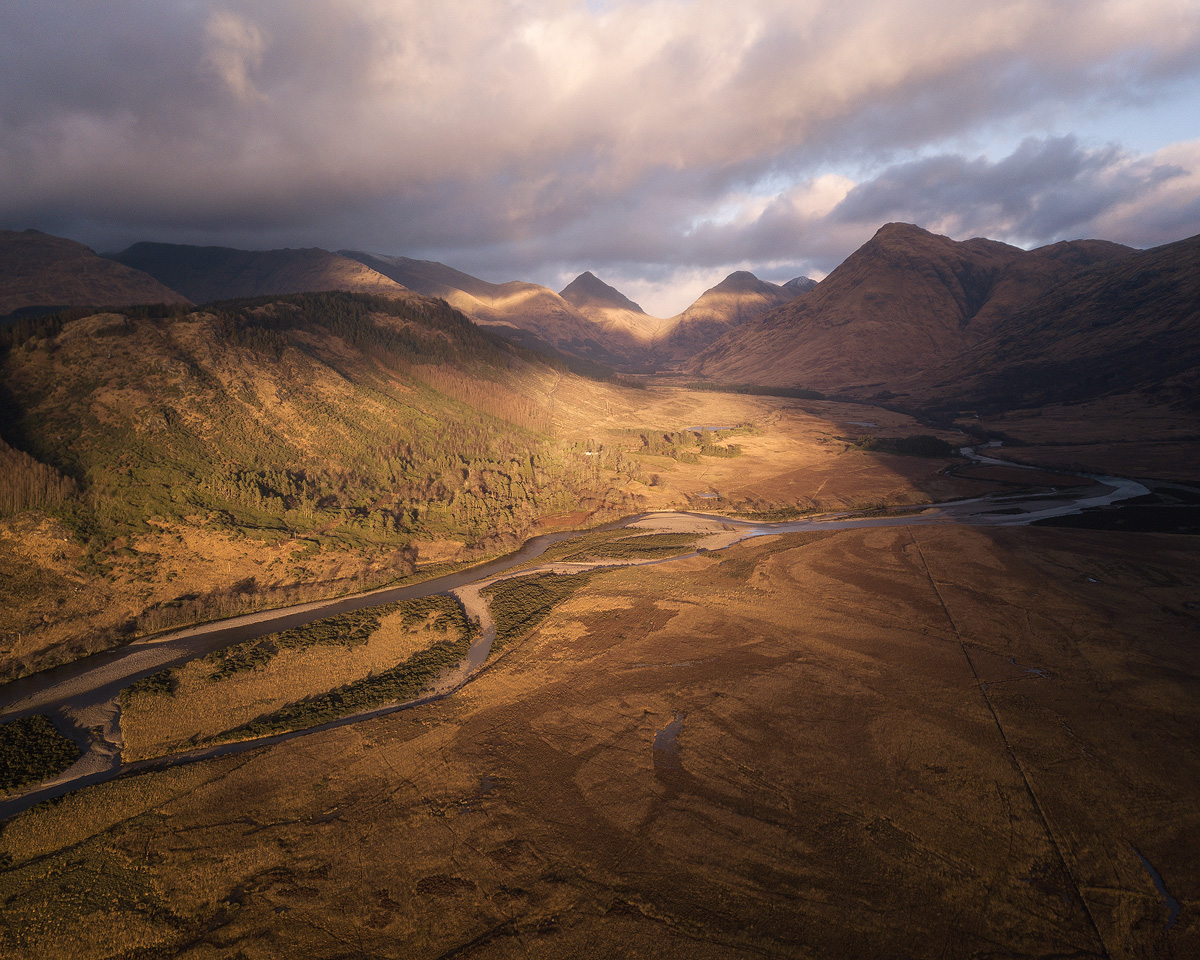
3. Are you a meticulous pre-planer or do you prefer creating images spontaneously? Do you revisit your favourite places many times to achieve the required result? Can you tell us more about your method of working?
I do like to plan to a certain degree, I’ll research a location , tides, sunrises, sunsets, check weather reports , look online to see if others have shot the area , use google earth to get a lie of the land, but generally I wont go there with a specific shot in mind, I like to know what’s going on in regards to the conditions and location but then once there I like to look around and experiment. If it’s a well-trodden location, I’ll look for an original take on it or for outstanding weather conditions that would elevate it above what’s gone before.
4. Terra Quantum displays themes and series portfolios; do you like working to the project/series/theme or find creating individual images more rewarding?
Up until now No, I have just gone on trips and shot individual images be whatever, but I’ve just returned from the Outer Hebrides in Scotland and decided before that trip I would create a collection based on a similar style, I also decided to shoot with only a mid-range zoom lens for this trip. I typically shoot very wide and as a result a lot of my shots are a large foreground element and mountains become small in the BG. I used just my 24-70 this trip, which I really enjoyed doing.
5. Can you tell us a bit more about one chosen photograph – what is the story behind it, when/why/how it was created?
One of my favourite images is a shot from Stac Polliadh in Scotlands Assynt region, it really was the most unexpected shot. I wasn’t even meant to be in the area but my Ferry to one of the small Isles in Scotland got cancelled due to high winds, so I decided to head up to Assynt, an area I hadn’t previously visited and have a look about. I shot for a few days around ground level and started doing a bit of research of the area. Stac Polliadh was a very popular little mountain as it has a pretty good foot path most the way up, so I got up early on my last day here and had a walk up. I just thought the view was one of the best I had seen, these ancient Monoliths rising from the ground surrounded by the small lochs it just blew me away. The day had started with a fair bit of rain but as it cleared shafts of light started dappling the scene before me. I set up my tripod and camera and shot away happily for a good hour or so, with the clouds and light constantly changing. I just selected my favourite in Lightroom and processed it to bring out the drama in the landscape.
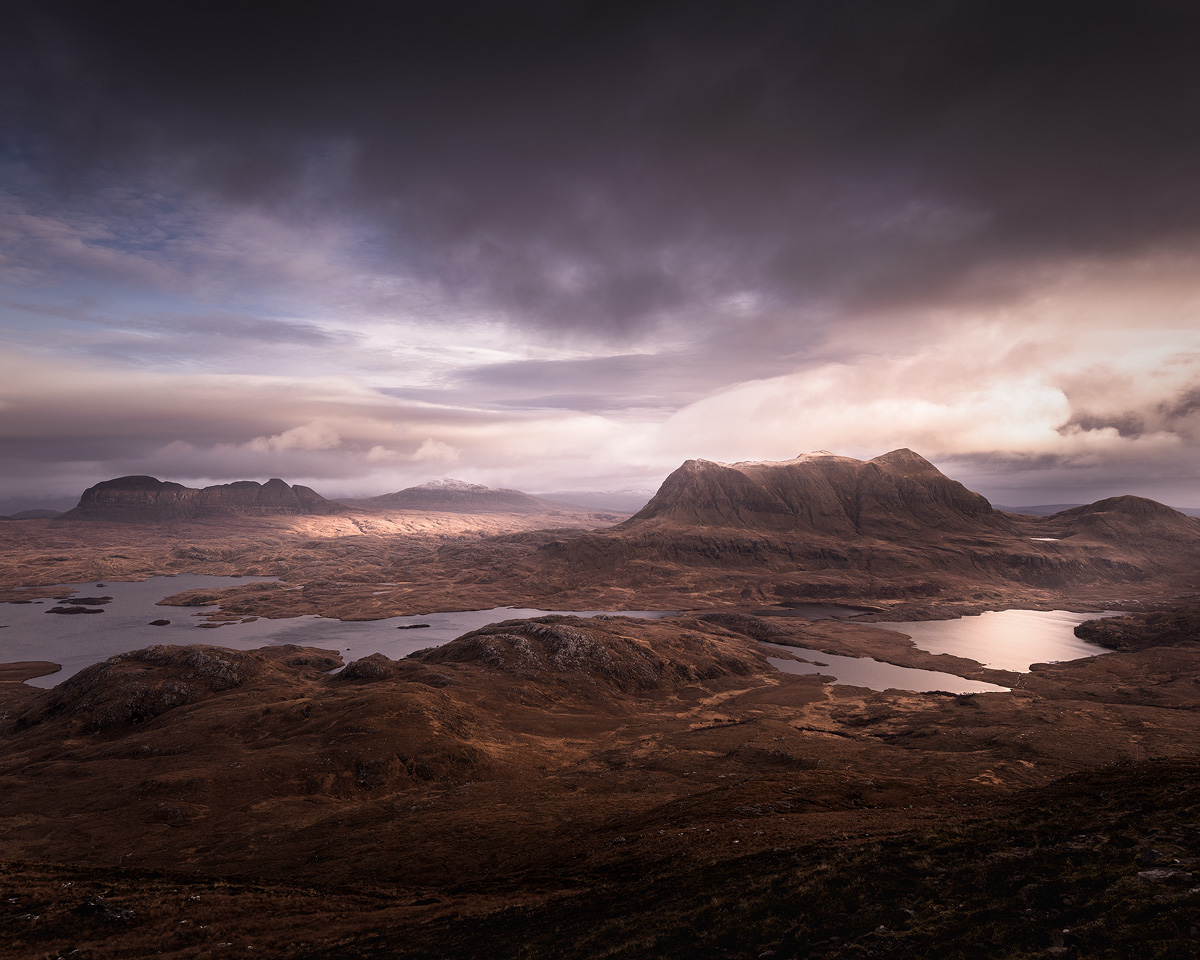
6. Colour, b&w or both? How do you decide about the elimination or inclusion of colour and why. When do you decide about it - in the field or during the post processing?
I’d say 70/30 colour /BW. Very occasionally I’ll look at a scene and decide to shoot BW on location, and then I’ll set my camera preview to BW to help me visualize . Other times I’ll shoot something and at the selection/processing stage I will decide BW works better, but I have no real criteria, just go with the flow for what I like at the time.
7. Do you find printing your images yourself as an integral part of image creation or do you use professional labs? How important is the choice of paper for you?
I have been selling more prints lately and have so far used only labs , but as my photography is improving and I am seeing the prints come back to me for checking over before sending to the customer I know for certain it’s something I want to be doing myself at home. There’s something special about seeing your Image in print. But Good printers and papers aren’t cheap, but it is something I will be looking at very soon.

8. Do you think that social media is killing photography or playing an important role in promoting your work? How involved are you in your online presence?
I don’t think it’s killing photography and I think love it or hate it, it’s a useful tool for getting your work out there. I think you must shoot for yourself and be your own person. Have a vision and stick to that and don’t get caught up in the trappings of social media. I would never shoot an image because I think it will do well on Instagram or Facebook etc. But I am aware I could probably be more active on Social media.
9. Do you have any plans for exhibitions, books or any interesting projects coming? Can you tell us a bit more about your artistic plans for the next couple of years?
Exhibitions are of interest to me and it is something I am only starting to investigate. My main artistic plans for the next few years are to keep doing what I am doing, building my portfolio and presence as a landscape photographer with an intention to go full time is 2-3 years’ time. I also run workshops and have been enjoying teaching others what I have worked hard to learn the last 7 years, in the hope they get there that little bit quicker.
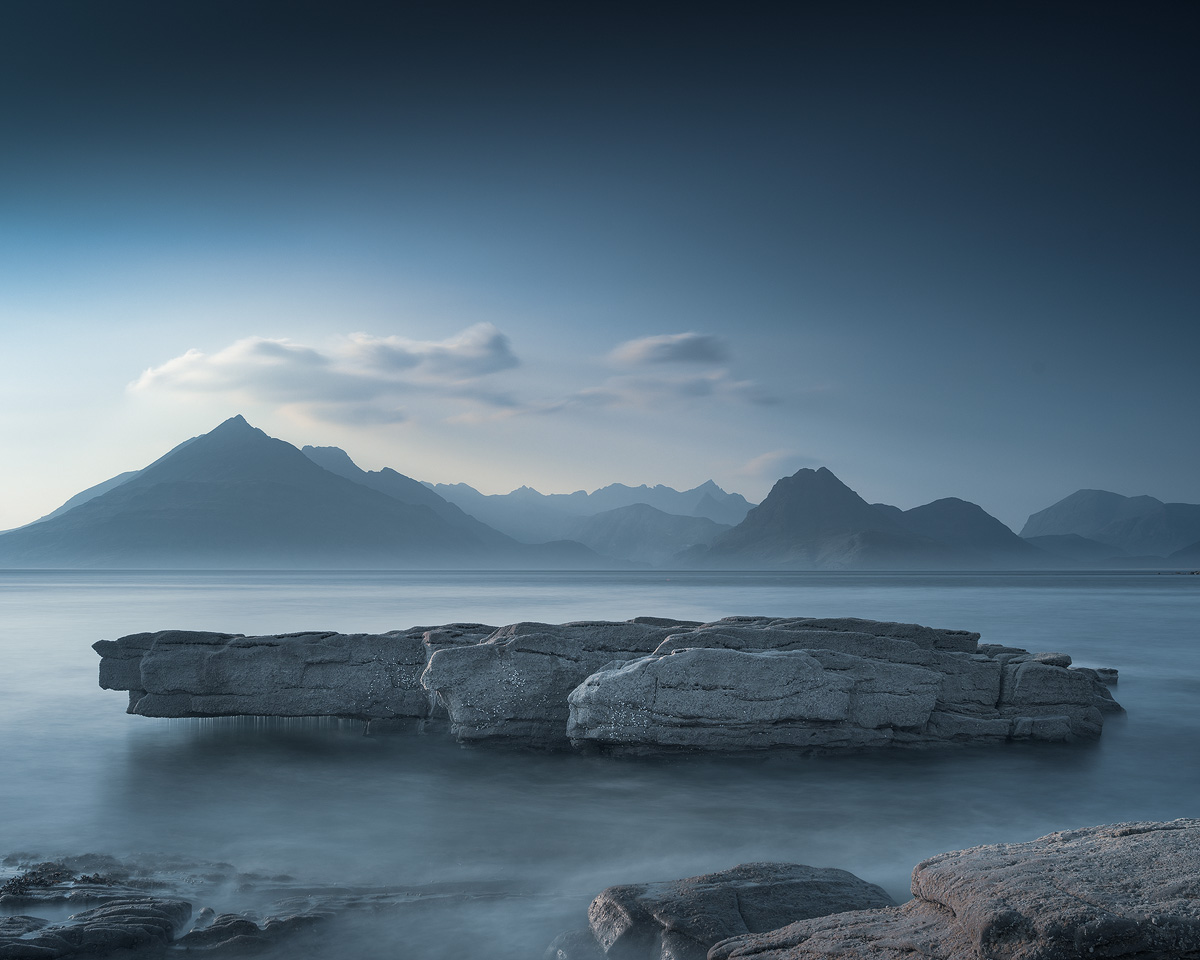
10. We are living on the most beautiful planet, yet it is over-burdened and over-polluted. As photography is an influential medium, do you use the power of your photographs to promote our Earth appreciation and environmental awareness? Any thoughts how photographers in general can become more involved in this important matter?
I see many other photographers doing amazing work with their photography to raise awareness of certain issues around the world. Maybe in the future a certain cause and my photography will cross paths.
For now, my own photography is nothing more than an artistic outlet for me. I like getting away from it all, not worrying about the past or the future, just being there in that moment in the landscape.
